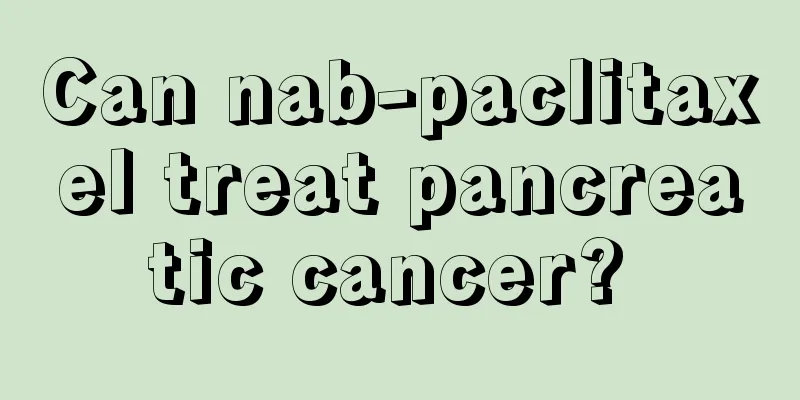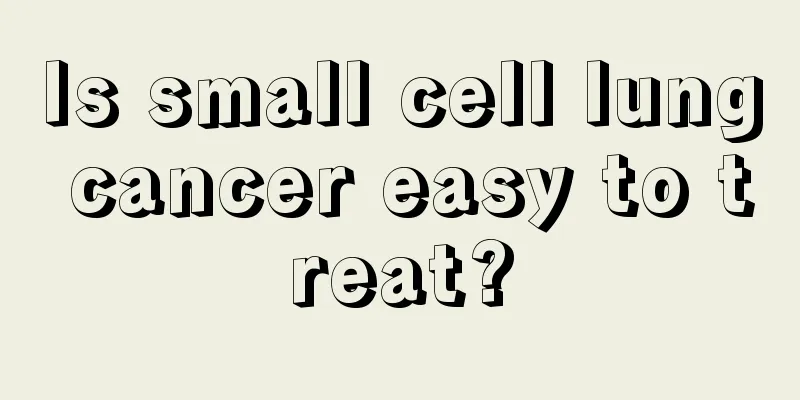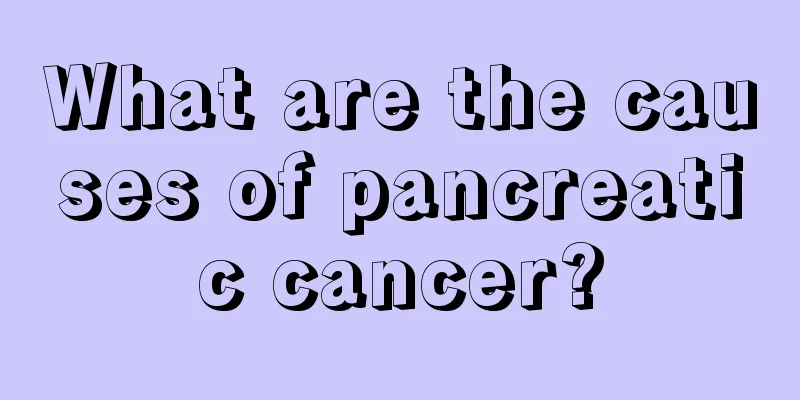Can nab-paclitaxel treat pancreatic cancer?

|
Paclitaxel for injection (albumin-bound) (nanoparticlealbumin-boundpaclitaxel, nab-P; Abraxane?) is a new generation of paclitaxel developed by Abraxis in the United States. It is currently approved by the FDA for the treatment of metastatic breast cancer that has failed combined chemotherapy or breast cancer that relapses within 6 months after adjuvant chemotherapy; and the first-line treatment of locally advanced or metastatic non-small cell lung cancer. Nab-P uses albumin as a carrier for paclitaxel, removing the toxic cosolvent of traditional taxanes, which can safely increase the dose of paclitaxel, shorten the infusion time, and does not require pretreatment to prevent allergic reactions before medication. In addition, Nab-P can promote the drug to accumulate more in tumor tissues through the special transport pathway of albumin (Gp60-caveolin-SPARC protein) and by binding to the cysteine-rich acidic secretory protein (SPARC) in tumor tissues, while less distributed in normal tissues, which can increase the efficacy of chemotherapy while reducing toxicity. Studies have found that most pancreatic cancer tissues have high expression of SPARC protein, which can specifically bind to nab-P, suggesting that nab-P may become a new option for pancreatic cancer treatment. |
>>: What causes pancreatic tumors? There are many causes.
Recommend
What can reduce swelling
Sometimes, after some people have undergone surge...
What are the recipes for bile duct cancer
Patients with bile duct cancer need to pay specia...
Bad breath indicates 4 kinds of diseases in the body
There are many people in life who are troubled by...
Is a large lump of thyroid cancer serious?
Large thyroid cancer lumps are relatively serious...
Can I drink herbal tea when I have a fever
Fever is a very common condition in people's ...
What should liver cancer patients pay attention to in summer? Dietary taboos for liver cancer patients in summer
Liver cancer patients should pay special attentio...
What are some tips for cleaning oil stains on down jackets?
In winter, the most common clothing we wear is do...
Good news: Eat healthy and stay away from kidney cancer
In recent years, kidney cancer has become one of ...
Congenital macular dysplasia
Although some diseases are congenital, they take ...
Clinical manifestations and symptoms of chickenpox
Varicella is a skin disease that particularly aff...
How to choose preserved eggs
Preserved eggs are a traditional delicacy whose u...
The difference between otitis media and nasopharyngeal carcinoma
There are many similarities in the early stages o...
The efficacy and role of mugwort in life
There are many common plants in life. When choosi...
The occurrence of prostate cancer may be related to hormones
The occurrence of prostate cancer may be related ...
What are the differential diagnosis methods for gastric cancer?
What are the differential diagnosis methods for g...









